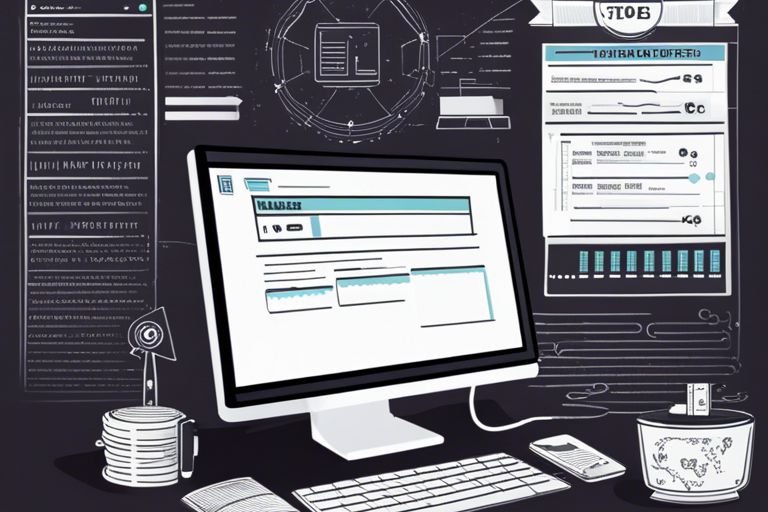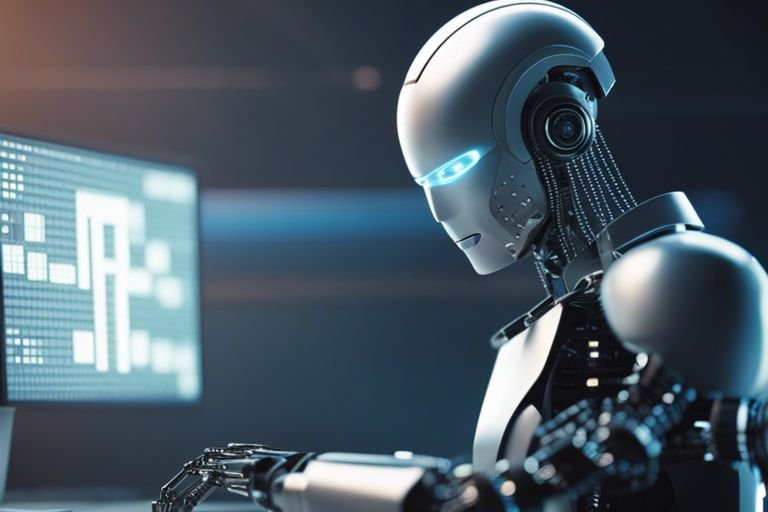Navigating the digital cosmos can be a complex endeavor. With the advent of a dynamic shift towards digital interactions, the concept of Headless CMS and Decoupled Architecture has risen to prominence. Swerving away from the traditional Content Management Systems (CMS), the article “Headless CMS and Decoupled Architecture” brings a fascinating insight into the new waves shaping the world of web development. As you explore this thrilling topic, you’ll find yourself gaining an in-depth understanding of these advanced systems, thereby paving your way towards a smarter, efficient, and more flexible world of managing and delivering content.
What is a Headless CMS?
Definition
A headless Content Management System (CMS), as you may have guessed, is a framework that provides content without extending to front-end delivery layers, or the “head”. Unlike traditional CMSs that tightly interweave content management and content presentation, headless CMS emphasizes a pure, back-end-only focus. This gives you tremendous flexibility in how you present content since you’re not tied to any preset design templates.
Advantages
The headless CMS approach allows for seamless content distribution across multiple platforms. Its flexibility opens you up to a multitude of front-end technologies. You can design a unique user experience for every platform without re-engineering your whole content infrastructure. Additionally, developers love it for its adaptability as they can work with frameworks and languages they’re comfortable with.
Disadvantages
However, be aware that a headless CMS might present a greater challenge for content creators. The detachment from the front-end layer means they can’t immediately see how the content looks in its final form. Furthermore, the absence of front-end elements typically provided by traditional CMS can result in increased development time and cost.
What is Decoupled Architecture?
Definition
Decoupled architecture is an approach where the content management is separate, or decoupled, from the content presentation. Unlike a headless CMS which completely lacks a presentation layer, the decoupled setup still has one, but it interacts with the back-end via an API.
Advantages
This type of architecture can bring you the best of both worlds. It provides the flexibility of a headless CMS, allowing content to be published anywhere, paired with the preview functionality of a traditional CMS. It makes content management more flexible and supports multiple channels from the same backend.
Disadvantages
While the decoupled approach promises flexibility, it’s not without its challenges. Developing a front-end platform from scratch may tie up significant resources. Also, just like with the headless CMS, content creators may face challenges as they cannot directly control the presentation of their content.

Differences between Headless CMS and Decoupled Architecture
Approach
While both headless CMS and decoupled architecture separate content management from delivery, the key difference lies in their approach. A headless CMS treats front-end as a completely separate entity, whereas decoupled architecture retains the option for a front-end layer but also allows for independent content delivery.
Content Delivery
The headless CMS pushes content to any platform via API, disregarding the specifics of the platform. On the other hand, decoupled architecture can specifically tailor content delivery to suit the display requirements of each platform.
Front-end Development
In terms of front-end development, a headless CMS provides more freedom as it doesn’t impose any specific platform for content delivery. In decoupled architecture, while the front-end is separated from the back-end, it is however not entirely detached.
Flexibility
While both models operate on the basis of flexibility, they provide it in different contexts. The headless CMS offers complete independence and versatility for the developers, while the decoupled architecture caters to a balance of flexibility for both content creators and developers.
Benefits of Using Headless CMS with Decoupled Architecture
Scalability
The separation of the content management system from the user interface allows your infrastructure to scale more efficiently. With this configuration, you can grow your front-end without overloading your CMS.
Workflow Efficiency
This setup can streamline your workflow. Your content team can focus on generating high-quality content, while your developers work on the best ways to display it – all without getting in each other’s way.
Front-end Technology Freedom
Combining a headless CMS with decoupled architecture allows developers to utilize any technology to build the front-end, offering optimal flexibility and innovation.

Use Cases for Headless CMS with Decoupled Architecture
Large Enterprise Websites
Such websites with high traffic and complex needs can vastly benefit from the scalability and efficiency offered by a headless CMS with decoupled architecture.
eCommerce Platforms
eCommerce platforms require top-notch flexibility to provide unique user experiences. This setup can deliver content across various channels, thus enhancing customer engagement.
Mobile Applications
Mobile applications need to be high performing and engaging. Using a headless CMS with decoupled architecture can ensure smooth scalability and efficient content delivery.
Popular Headless CMS Solutions
Contentful
Known for its robust API and scalability, Contentful is a top choice as a headless CMS solution.
Prismic
Prismic is appreciated for its user-friendly interface and the ease of integrations it offers with other services.
Strapi
Strapi stands out with its open-source nature which gives developers complete control over the code.
Craft CMS
With its flexible and intuitive interface, Craft CMS is a popular choice due to the ease of content management it offers.

Implementing and Managing a Headless CMS with Decoupled Architecture
Choosing the Right CMS
Your choice of CMS should be influenced by your specific business requirements, including the type of content you’re dealing with, your team’s technical capabilities, and the scope and scale of your operation.
Setting up the CMS
Setting up the CMS should be done in line with your workflow, maintaining a balance between the needs of the content creators and the developers.
Developing the Front-end
Selecting the right technologies for front-end development is crucial in determining how effectively you can engage with your audience.
Deploying and Managing the System
Once your CMS and front-end platform are ready, thorough testing should be performed prior to deployment to ensure smooth content delivery. After deployment, ongoing management and optimization should be carried out to get the maximum benefit from the system.
Challenges and Considerations
Technical Complexity
The concepts of headless CMS and decoupled architecture are relatively complex, and not all teams will have the necessary technical skills to implement and manage them effectively.
Learning Curve
There is a significant learning curve involved in mastering these systems – especially for those accustomed to traditional CMS environments.
Performance and Caching
Without a front-end tied to your CMS, you need to put thought into how to handle caching and optimization tasks that traditional CMSs often deal with.
Content Editing Interface
For the content creators, the lack of a “true” WYSIWYG (What You See Is What You Get) interface may be a hurdle, as the complete visualization of the content is not possible.

Future Trends and Outlook
Growth and Adoption
The adoption of headless CMS and decoupled architecture is expected to increase as companies seek increased flexibility and scalability in content management and delivery.
Integration with AI and Automation
The future of these systems likely includes greater integration with AI and automation processes to optimize content management and delivery strategies.
Conclusion
Review of Headless CMS and Decoupled Architecture
In summary, while headless CMS and decoupled architecture can present certain challenges, the benefits they offer in terms of flexibility, scalability, and efficiency make them worth considering.
Factors to Consider
When deciding whether or not to implement a headless CMS or decoupled architecture, you should consider your business requirements, workflow, customer base, and the technical capabilities of your team.
Potential for the Future
With the growing trends of utilizing multiple platforms for content delivery and more personalized user experiences, these systems have significant potential for the future of content management.








Leave a Reply